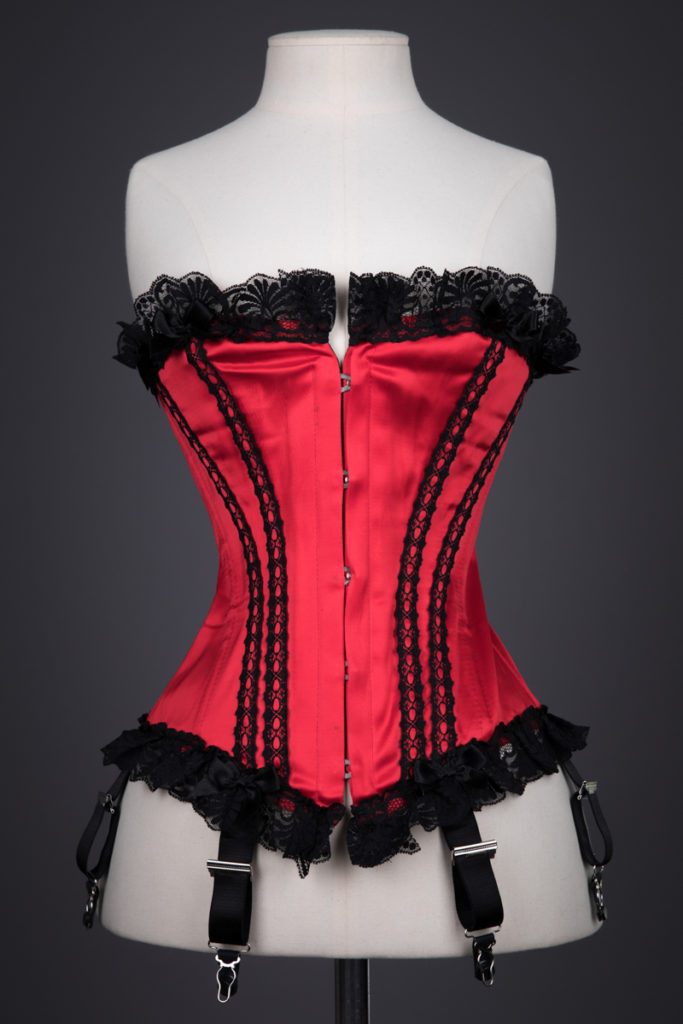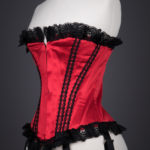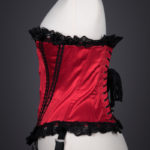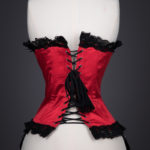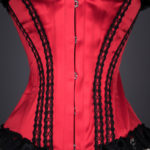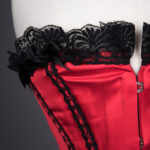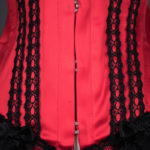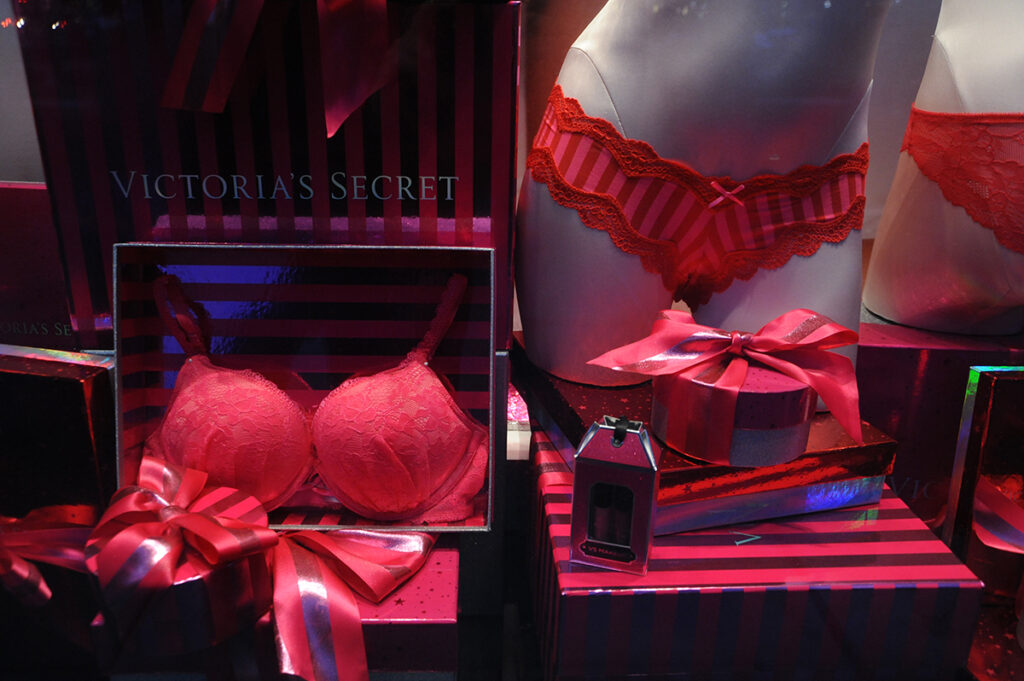After the 1960s, European and American women’s fashion shifted away from the Post-war feminine ideal. The sexual liberation movement and fitness craze of the 1970s and 1980s increased pressure to internalize the ideal body. Heavily structured foundation garments fell out of fashion, as women’s bodies were associated with physical strength and sexual freedom more than ever before.
The powerful colour red seemed to perfectly suit these attitudes about women’s bodies, and by proxy, their undergarments. Yet, during the late twentieth century, the dominant perception was that women wore red underwear to please men. Women’s magazines of the 1980s and 1990s promoted wearing red lingerie to “raise his temperature,” or “revive” men from a long day at the office. In 1982, American magazine Cosmopolitan suggested women could “make an impact” on a man by wearing “gorgeous red underwear” and “accidentally” allowing him to catch a glimpse. Yet in the same year, Cosmopolitan warned men to avoid women in red lingerie, claiming:
“The rare woman who customarily wears red bras and slips and panties … will be passionate, but may also have a temper and may actually enjoy jealous scenes and prefer the sound of doors slamming and plates crashing to the music of Mozart.”
